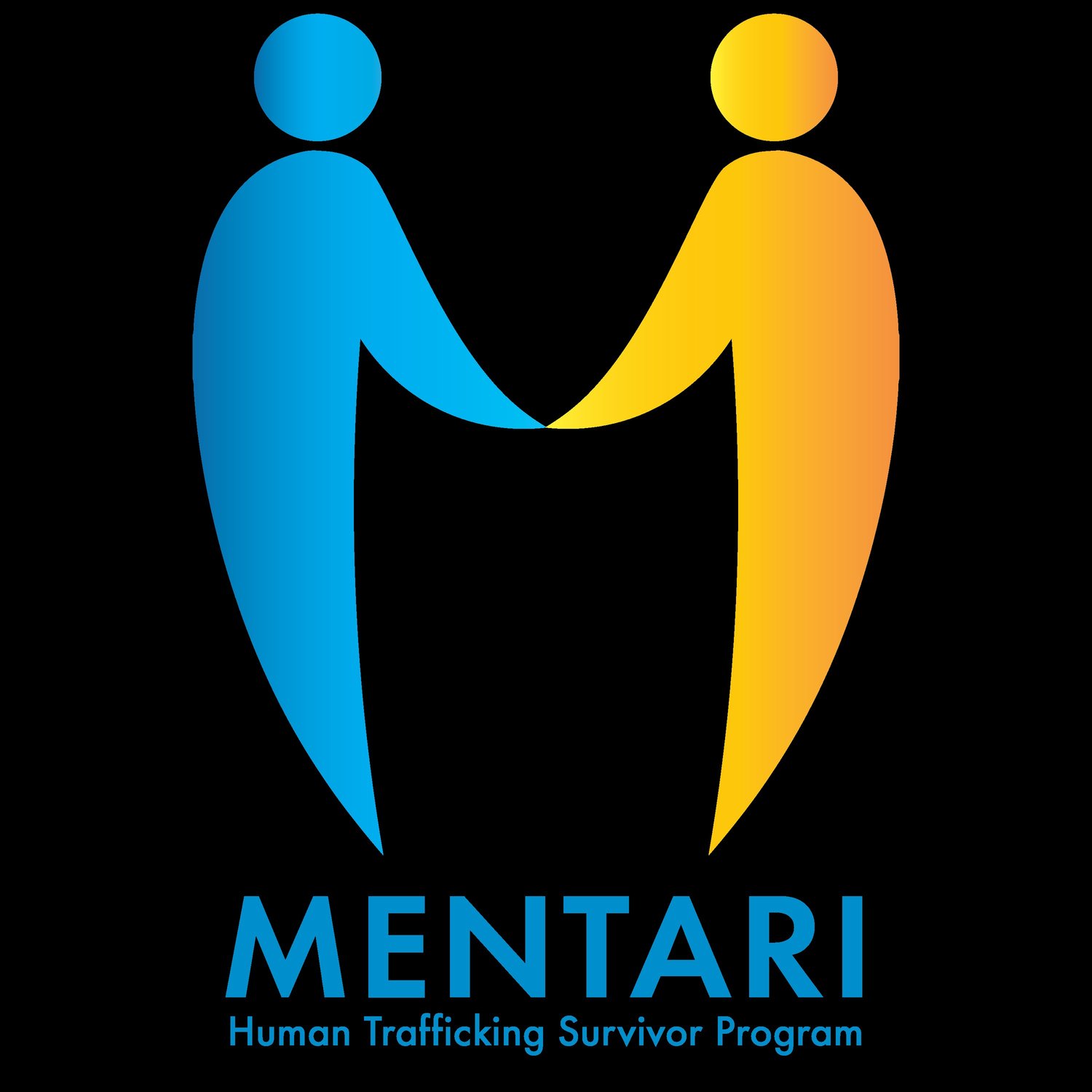Federal and International Anti-Trafficking Laws
The Trafficking Victims Protection Act (TVPA) of 2000 is the first comprehensive federal law to address trafficking in persons. The law provides a three-pronged approach that includes prevention, protection, and prosecution. The TVPA was reauthorized through the Trafficking Victims Protection Reauthorization Act (TVPRA) to make the law better.
Under U.S. federal law, “severe forms of trafficking in persons” includes both sex trafficking and labor trafficking:
Sex trafficking is the recruitment, harboring, transportation, provision, obtaining, patronizing, or soliciting of a person for the purposes of a commercial sex act, in which the commercial sex act is induced by force, fraud, or coercion, or in which the person induced to perform such an act has not attained 18 years of age (22 USC § 7102).
Labor trafficking is the recruitment, harboring, transportation, provision, or obtaining of a person for labor or services, through the use of force, fraud, or coercion for the purposes of subjection to involuntary servitude, peonage, debt bondage, or slavery, (22 USC § 7102).
The U.S. Government was equipped with tools and resources to mount a comprehensive and coordinated campaign to eliminate modern forms of slavery domestically and internationally. The framework for the “3 P’s” or Paradigm 3Ps: protection, prevention, and prosecution.
Protection
The TVPA will increased protection for trafficking victims in the United States
By making foreign victims eligible for federally funded or administered health and other benefits and services and by requiring federal agencies to expand the provision of such benefits and services to victims, regardless of their immigration status;
By creating immigration protections for foreign national victims, including protection from removal for victims of trafficking (the T visa) and victims of certain crimes (the U visa); and by allowing certain nonimmigrant status holders the opportunity to adjust to permanent resident status.
Prosecution
The TVPA sharpened and enhanced the capacity of federal prosecutors to bring traffickers to justice for the crimes they committed. Adding new criminal provisions prohibiting forced labor, trafficking with respect to peonage, slavery, involuntary servitude, or forced labor, and sex trafficking of children or by force, fraud, or coercion;
Criminalizing attempts to engage in these activities;
Mandating that traffickers pay restitution to their victims, and providing for forfeiture and strengthening penalties for existing trafficking crimes.
Prevention
The TVPA strengthened the U.S. Government’s prevention efforts by providing for international initiatives to be established and carried out to improve economic opportunity for potential victims as a means of deterring trafficking.
The TVPA also created the Office to Monitor and Combat Trafficking in Persons in the State Department, making that office responsible for publishing an annual Trafficking In Persons (TIP) report that describes and ranks the efforts of countries to combat human trafficking. The TIP Report is the U.S. Government’s principal diplomatic tool to engage foreign governments on human trafficking.
The TVPA also required the President to establish an Interagency Task Force to Monitor and Combat Trafficking (PITF), a coordinating task force comprising cabinet-level officers chaired by the Secretary of State, and directed it to carry out activities that included measuring and evaluating the progress of the United States and other countries in preventing human trafficking, protecting its victims, and prosecuting its perpetrators. TVPA was reauthorized to make better anti trafficking legislation.
Secretary of State Hillary Rodham Clinton identified a 4P, “partnership,” in 2009 to serve as a “pathway to progress in the effort against modern-day slavery.”
Human rights and trafficking in persons
The adoption of the protocol to prevent, suppress and punish the trafficking in persons, especially women and children, supplementing the United Nations Convention against Transnational Organized Crime in 2000.
The first internationally agreed definition of trafficking in person: “the recruitment, transportation, transfer, harbouring or receipt of persons, by means of the threat or use of force or other forms of coercion, of abduction, of fraud, of deception, of the abuse of power or of position of vulnerability or of the giving or receiving of payments or benefits to achieve the consent of a person having control over another person, for the purpose of exploitation. Exploitation shall include, at a minimum, the exploitation of the prostitution of others or other forms of sexual exploitation, force labour or services, slavery or practices similar to slavery, servitude or the removal of organs.”

